Does it annoy you too?
People gorging down another SHIT meal and telling you they are taking some extra vitamins on the side to stay healthy.
You know it doesn’t work that way.
You know that a pill does not replace a food.
You know that if you would push down every single supplement out there down your throat, you still wouldn’t live forever.
You probably wouldn’t make it through the end of the month.
You know most people are wasting their time by just focusing on the ‘small fish’.
Sometimes it makes you want to scream out loud:
STOP THIS POPPING PILLS MADNESS AND EAT A F***ING REAL FOOD!
I know, improving your nutrition can seem like a daunting and confusing task amongst all accessible supplements.
BUT…you know you can permanently change your body if you get the most potent foods out there.
The problem? You don’t know which foods are the best choice.
Let me share my ‘top secret list of nutrient dense foods’ that will make you want to throw most of your supplements to the bottom of the ocean.
10 Nutrient Dense Protein Sources
First things first.
Did you know protein is the MOST important macronutrient for body composition (1).
Want to change your body?
Start with the right amounts and right quality of protein sources.
Here are 10 of the best nutrient dense protein sources you will find:
- Beef liver – 100 gram contains, 29.1 grams of protein, 634% of the RDA for Vitamin A and 1176% of the RDA for B12 in addition to containing a wide range of additional minerals such as: zinc, copper & selenium.
- Chicken liver – 100 grams contains, 25.8 grams of protein, 288% of the RDA for Vitamin A and 352% of the RDA for B12, in addition to being rich in a wide range of minerals such as: phosphorus, selenium and iron.
- Cottage cheese – 100 grams contains 28.0 grams of protein, 24% of the RDA for Vitamin B12 and 14% of the RDA for calcium, in addition to having several other beneficial nutrients such as: selenium, folate and phosphorus.
- Eggs – 100 grams contains 12.6 grams of protein, 12% of the RDA for Vitamin A and 19% of the RDA for B12, in addition to having several other beneficial nutrients such as: selenium, phosphorus and folate.
- Lentils – 100 grams contains 9.0 grams of protein, 32% of the fibre RDA and 45% of the folate RDA, in addition to having other beneficial minerals such as: iron and manganese.
- Oats – 100 gram contains 16.9 grams of protein, 66% of the fibre RDA and 383% of the RDA for manganese, in addition to having other beneficial minerals such as: magnesium and zinc.
- Oxtail – 100 grams contains 8.0 grams of protein and small amounts of trace minerals, but the major reason to consume oxtail is because it contains nutrients such as glutamine, glucosamine and collagen which aids in the reduction of inflammation and joint pain.
- Oysters – 100 grams contains 9.4 grams of protein, 267% of the RDA for Vitamin B12, 111% of the RDA for zinc and 110% of the RDA for selenium in addition to containing other beneficial nutrients such as: copper, manganese, vitamin C and iron.
- Protein powder – 100 grams of whey protein contains 71.4 grams of protein and 100 grams of hemp protein contains 45 grams of protein, depending on what kind of protein source you choose the amount of protein and amino acid profile can vary significantly.
- Sockeye salmon – 100 grams contains 21.9 grams of protein, 130% of the RDA for Vitamin B12, 43% of the RDA for selenium.
Badass Free Stuff Alert: Want to know which other 20 foods complete my list with 30 of the available most nutrient dense foods on the planet?
Click here to get my list with the 30 most nutrient rich foods.
And discover how you can make some epic meals with these foods below.
But now that you have these foods, how can you make a simple nutrient dense meal?
Here are 3 simple steps to nutrient dense meals that will make you look like a nutrition chemist.
Time to catch the big fish.
Step 1. Choose Your Source Of Protein
How much protein do you need?
How many meals are you going to have on average?
Multiply your goal body weight times 1.4-2.2 g/kg and you got yourself the ‘optimal protein range’.
Let’s say you weight 70kg.
That means you’ll need between 98- 154 grams of protein daily.
Depending on how many meal you consume and what your sources of protein you consume, you can calculate a rough estimate of how much protein you need to consume in each meal to hit your daily target.
If you consume between 3-4 big meals a day, this would put your requirements at between 33-51 grams of protein per meal.
It’s easy as ABC.
Key Blog Post: Want to know more about why you need proper amounts of protein?
Discover why scientist agree on protein being the most important macronutrient for body composition.
Step 2. Calculate Your Calories
How much fuel or ‘calories’ do you need?
Choose either a calorie dense and nutrient dense source of carbs/fats or calorie poor and nutrient dense source of carbs/fats.
Depending on your preference.
Hate counting calories?
Track your intake for a short while to develop ‘caloric awareness’ or to develop the ability to eat ‘intuitively’.
Once you know what type of food will put you into a surplus or deficit, stick to those foods depending on your goal.
It’s like using training wheels to find your balance first.
You need to learn how to ride your bike with training wheels.
Once you got the skill, you can throw away those wheels, but if you keep front flipping on your face…
Perhaps digging up those wheels up from the trash would be a good idea.
Key Blog Post: Want to know how much calories you need depending on your level of activity?
Discover how you can start tracking your calories within 5 minutes.
Step 3. Choose Your Toppings
Want to make sure your food doesn’t taste like cardboard?
Depending on your sense of taste or preference you can add toppings.
If you are looking to gain weight, nuts or healthy fats are great options.
If you are looking to lose weight, limit the calorie-dense foods like nuts and stick to largely low-calorie-high-nutrient foods.
Including anti-inflammatory toppings is always recommended.
Especially if you have an intense training schedule.
A single dose will not instantly turn you into a ‘superhuman regeneration’ machine.
But when you compound single ‘slightly effective’ dosages, over time those small dosages will turn into significant ones.
A single domino stone doesn’t mean a lot.
But when you knock the first one over, it can start a chain reaction.
Key Blog Post: Want to keep inflammation levels low?
Discover which two key micronutrients are generally missing in 90% of the population.
Went Through The Steps? Reel Those Nutrients In
You know that getting most out of your food is not for the quick-fix addicts – but the slow and steady road excites you more than the fast lane.
If you’ve gone through all the steps, you should feel confident that you can prepare a ‘nutrient dense’ meal.
You are now equipped to make your own #foodporn likes roll in.
You’ve got all you need. Your are sailing in an ocean of BIG possibilities.
Now is the time to stop cutting the corners. To steer into what really matters first and foremost.
Re-think what’s important, change your bait and throw out your line.
Why?
There are bigger fish to catch.
Beast mode ON!
Now I’d like to hear from you:
Did you like this post?
Or maybe you have a question.
Either way, make sure you get your download and leave a quick comment below right now.

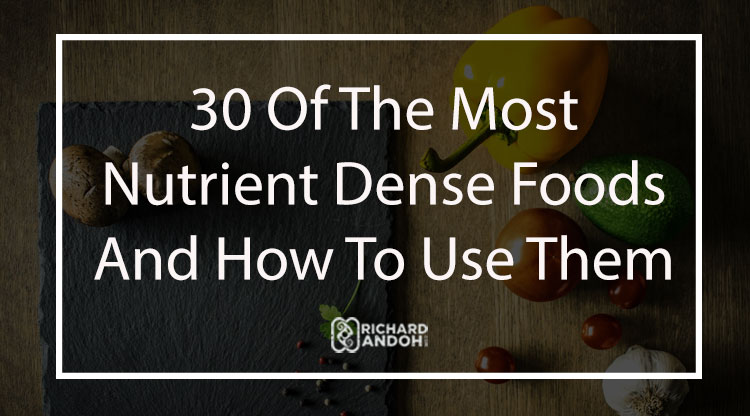
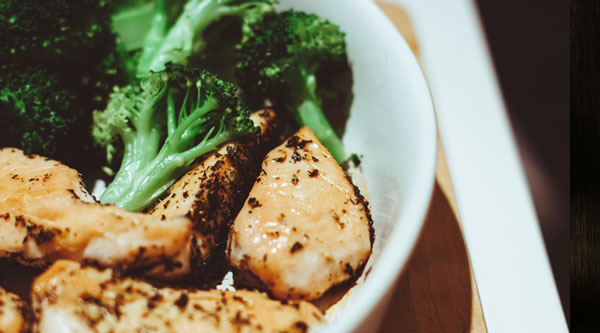
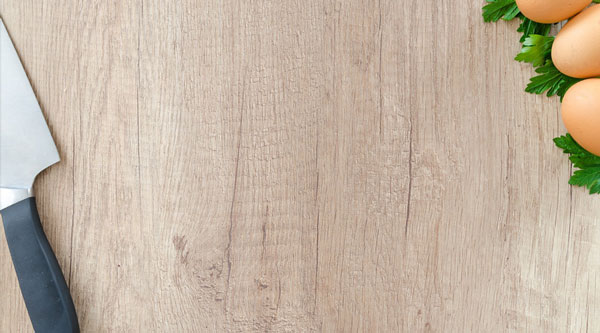
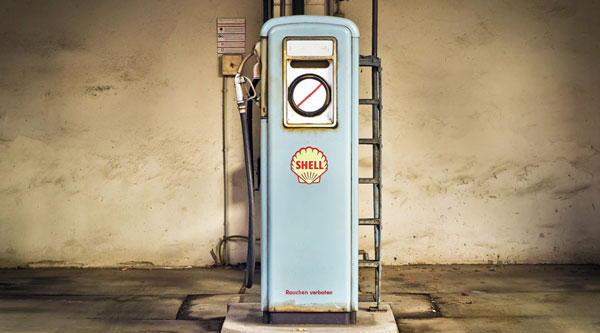
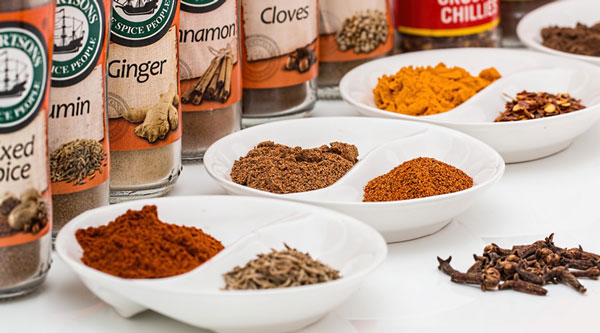

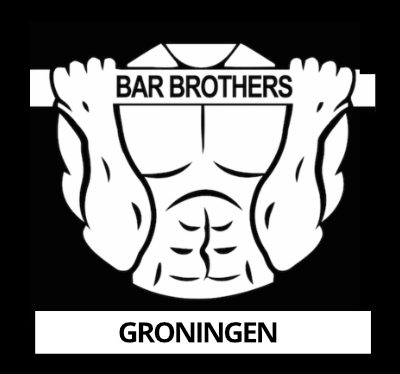
Could you please give me the information on the type of oats that you found to have that much protein? I can’t find any oats that have that much.
Cheers,
Spence
Hey Spencer,
Great question.
Regular oats, but a one cup serving size is 156 grams. For 100 grams it’s 16.9 grams of protein, just corrected it in the text.
Your can find the source here: http://nutritiondata.self.com/facts/cereal-grains-and-pasta/5708/2
Enjoy the meals ;).
Hello,
Do you have a diet program that you would recommend?
Cheers,
Connor
Hey Connor,
Great question!
You can find a big amount of free diet advice here and if you want to dig a little deeper into the specific diet by the Bar Brothers there is a premium option:
http://www.barbrothersgroningen.com/calisthenics-meal-plan/
*Fist bump*
Rich,
A bit confusing right now.
I’m 53 kg. My goal is 60. What does it mean when you say multiple to 1.4 – 2.2 kg of body weight to get the right calculation of protein needed? Witch one to multiple? The first weight or the goal weight?
Hey Ditka,
Great question.
Yes, you need to multiply your protein intake with your goal weight so 60 x 1.4-2.2.
Take note that gaining weight is not easy, an easy way to up your intake is to drink more calories, use grains and tubers + nuts.
*Fist bump*
okay, look man , i really apperciate ur work and im greatly thankful for the free stuff u’re putting out there, without any regards for profit and shit. cuz it really helps a great deal more than u can thik . it’s probably the best free stuf on the internet rightnow , uknow calisthenics tips arent common knoweldge on the internet .
and that’s why i actually have a question that i haven’t been able to find an answer to for almost a year now.
so basically I’m skinny “underweight” in BMI terms and that’s making me skeptical enough to not start any kidna of excersing before actually knowing whether i should cut or bulk or neither of both .
I tried google this up , didnt work none at all . so I’m asking ya should I go into a diet even tho im underweight and that would have huge sideeffects healthly on my body ? or should i bulk , gain some muscle mass and then cut back again to lose fat ? or it’s just different in calisthenics?
so that’s all srry it take so long but u know it’s a Life-death situation for me man
I sent u this comment on a couple of blogs by now i hope that u reall reply cuz i need this tip of info real urgent ^_^